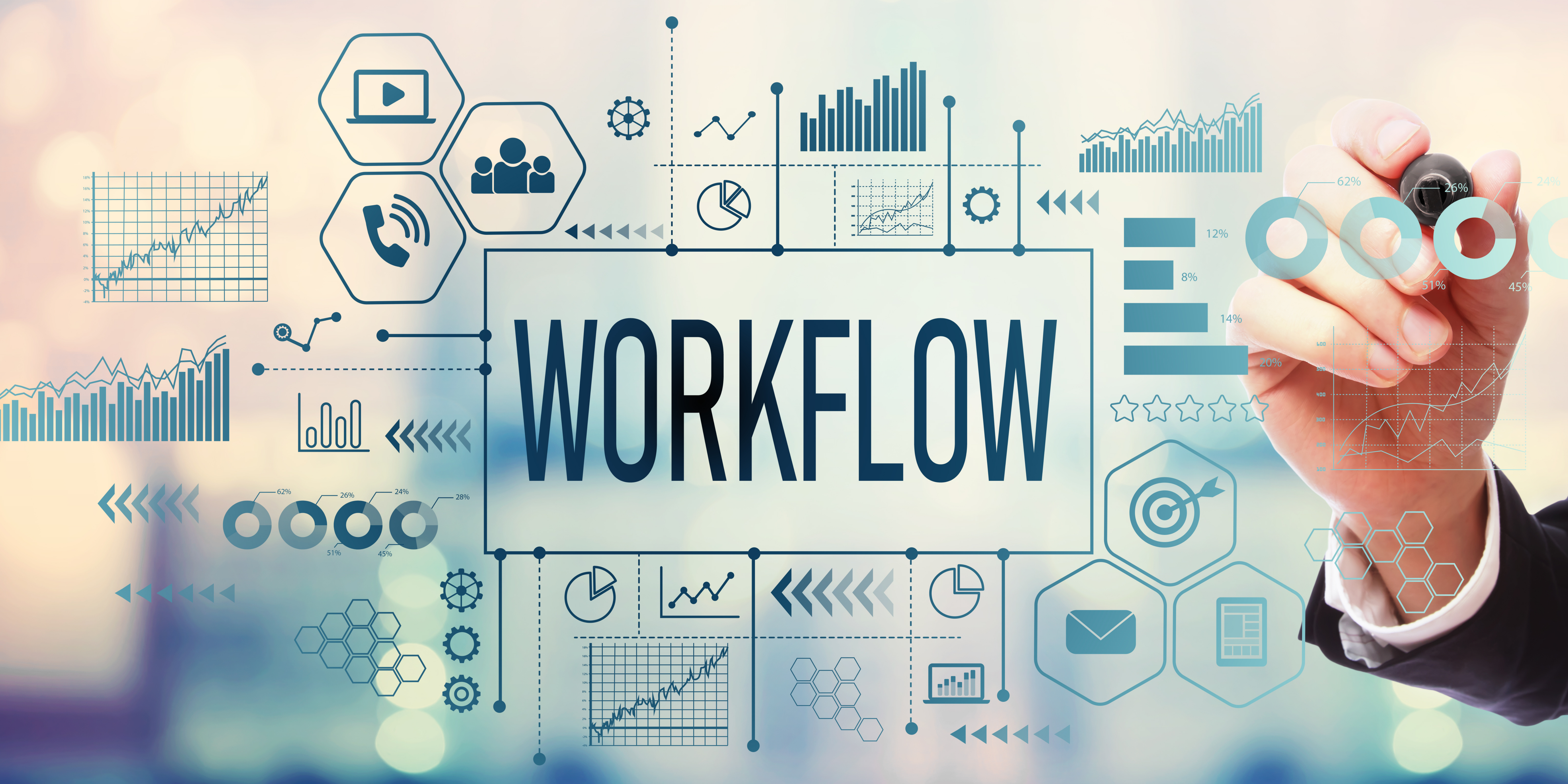Workflow: The Backbone of Automation
There are countless ways that automation technology can be applied to businesses processes. But although many people first think of specific...
2 min read
![]() onPhase
:
Jan 9, 2019 9:17:00 AM
onPhase
:
Jan 9, 2019 9:17:00 AM

Is workflow the same thing as workflow automation? While some people may use these terms interchangeably, there's a world of difference between the two concepts.
Let's start with an examination of how the term "workflow" is used, and what exactly it means.
Subject to a variety of interpretations, “workflow” can mean anything from the steps in a work process to Robotic Process Automation.
It is a fairly general term that can be defined as
A process is different from a workflow because it has well-defined inputs, outputs (i.e. a work-item), and purposes - Whereas workflow refers more generally to multiple related processes.
A workflow process is composed of specific manual and/or automatic tasks that are connected by paths that allow work to flow based on rules defined within each process.
Workflows can be as simple as filling out and getting travel requests approved, or as complex as the steps involved in connecting disparate departments to manage inventory.
The traditional processes in a business without workflow automation software are tenuous.
Employees have to physically hand deliver documents, sort through files, and notify people of tasks they need to complete via email, notes and meetings. While the process is defined (which is an improvement), it's still not stellar, because it involves a ton of paper and manual work.

These manual procedures can often be defined, standardized, and set to specific business rules in an electronic environment. This is where workflow transforms into workflow automation, or robotic process automation.
Workflow automation is a defined set of rules required to accomplish a specific goal; the software is able to route tasks through the process to each subsequent step, all the way to the completion of that goal.
A flexible Enterprise Automation platform can be configured to fit any of your mission-critical processes, serving to optimize and automate your entire organization.

There are countless ways that automation technology can be applied to businesses processes. But although many people first think of specific...

With 95% of senior executives planning to consolidate their tech vendors within the next year, it’s clear that many businesses are looking for ways...

Mistakes happen. It’s a fact of life. We’ve even created language around our ability to own and wave off mistakes like “it happens to the best of...